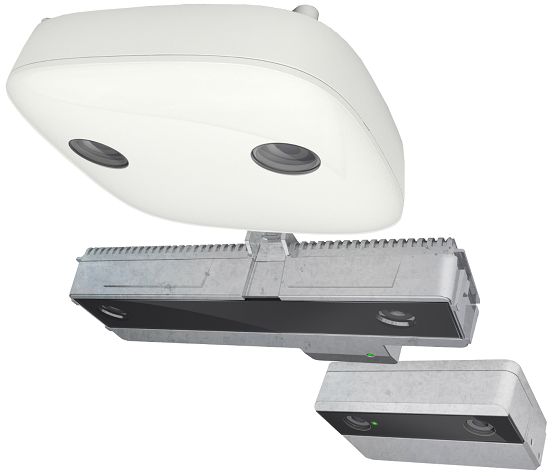Using Measurement Cameras for Loss Prevention
Using Measurement Cameras for Loss Prevention
By Gary Angel
|March 11, 2021

Though it’s a source of considerable frustration, there’s a strong case to be made against trying to dual-purpose Loss Prevention (LP) cameras for people-tracking analytics. It’s one of those “seems like it ought to work” technology paths that – at least so far – has brought more grief than enlightenment.
What about the reverse, though? The attraction of using LP cameras is simple – they’re already in the store. But if you’re putting up a new store, then being able to use measurement cameras for Loss Prevention is just as good as being able to use LP cameras for people-tracking and analytics. If you can make measurement cameras your LP system, you’re getting all the economies of a dual purpose solution – potentially making it almost free to get people-measurement.
So, can Measurement Cameras be dual purposed for loss prevention?
Unfortunately – and this really is unfortunate – the answer to this version of the question isn’t that much different the converse. Of the measurement cameras we use, it’s fair to group them into two big buckets: those that don’t support LP applications at all and those that don’t support LP applications very well.
Believe me when I say that this is not ideal from our perspective. We would LOVE to be able to sell a really good dual purpose solution.
Measurement cameras that don’t support LP at all simply have no way to continuously pipe a video stream to an independent location. Without that capability, they just can’t be used for loss prevention. Some good measurement cameras do have this capability, but with some important limitations. The quality is generally lower than most dedicated LP cameras AND the view is strictly top-down. A top down view is often sub-optimal from an LP perspective (this works both ways, of course, top-down is just plain better for people-tracking).
So it’s unlikely that many retailers will opt for an LP solution that relies exclusively on measurement cameras. LP is just too important to live with a second rate system. That being said, the story isn’t totally bad. If you’re deploying measurement cameras with limited LP capabilities, it’s worth taking advantage of them. Why? Essentially, they give you free coverage in the ½ or 2-3rds of the store where you haven’t deployed dedicated LP systems. Free coverage is a good thing. Getting total store loss prevention coverage even if some of it isn’t quite ideal is a not insignificant win. And while it means that measurement systems probably still need to be justified as measurement systems, there are LP benefits on the side that are worth capturing.
Keep that in mind if you’re building out a new store and contemplating a measurement system.
And how does LiDAR fit into this. It’s complex. LiDAR isn’t a great solution for traditional retail loss prevention for the same reason it’s excellent from a privacy standpoint. Though LiDAR gives you a really detailed point-cloud of a person, a point-cloud isn’t the same as a face. And LP systems need to see a face.
Where LiDAR systems shine is in perimeter monitoring and door security. In those applications, LiDAR delivers a true, dual-purpose solution – ideal for airports, car dealerships and smart city applications. That doesn’t mean LiDAR isn’t useful for retail people tracking, it just means it’s in the same boat as video cameras when it comes to capturing dual-purpose benefits.